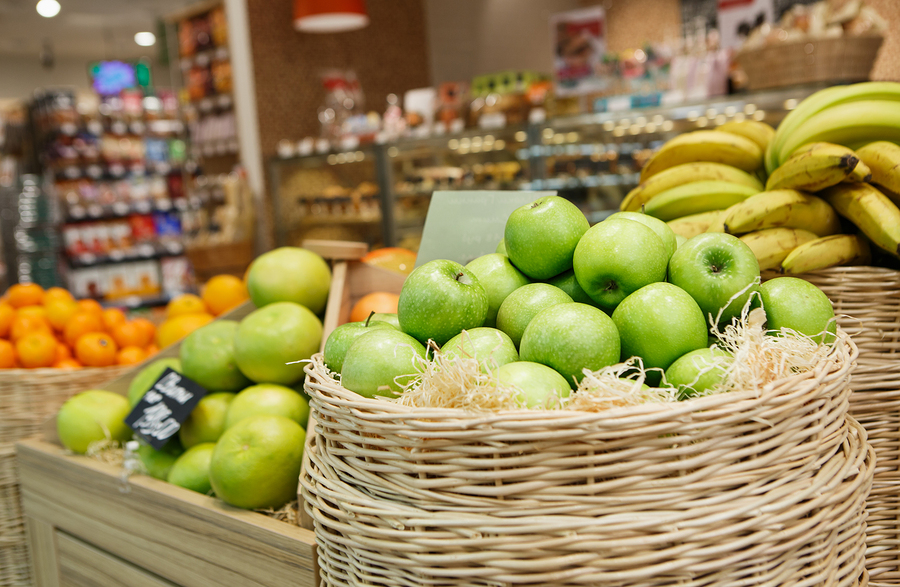
ROME, 06 April 2017 / PRN Africa / — Global food prices monitored by FAO fell in March amid large available supplies and expectations of strong harvests.
The FAO Food Price Index averaged nearly 171 points in March, marking a 2.8 percent drop from the previous month while remaining 13.4 percent above its level a year earlier.
FAO’s Food Price Index is a trade-weighted index tracking international market prices of five major food commodity groups.
FAO also released its first world cereal supply and demand outlook for the year ahead, expecting it to be “another season of relative market tranquillity” with grain inventories remaining at near-record levels.
Meat prices are exception in general downward trend
The FAO Cereal Price Index declined 1.8 percent from February, led down by wheat and maize. It is now roughly par with its March 2016 level.
The FAO Vegetable Oil Price Index was 6.2 percent lower on the month. Palm oil and soy oil quotations both fell in March on the back of improving production forecasts, while those of rape and sunflower seed oils also declined due to higher-than-expected availabilities.
The FAO Sugar Price Index declined by 10.9 percent to its lowest level since May 2016 amid weak import demand and expectations of robust Brazilian supplies entering world markets as a result of strong harvests and slower domestic uptake for bio-ethanol production.
Buoyant milk supplies led to a 2.3 percent monthly decline in the FAO Dairy Price Index, which, however, remained well above its year-ago level.
The FAO Meat Price Index rose 0.7 percent, led upward by firm import demand from Asia for bovine meat and pigmeat.
FAO’s first forecasts for cereal markets in 2017/18
Worldwide cereal production in 2017 is projected at 2 597 million tonnes, just 9 million tonnes short of the record set in 2016, according to the latest Cereal Supply and Demand report.
FAO’s first forecasts for the season hinge on climate conditions in the coming months and on farmers’ output price-sensitive decision on which crops to plant.
The slight decline from 2016 is due to anticipated reduction in global wheat production – now expected to fall 2.7 percent in 2017 to 740 million tonnes – mostly on price-induced planting cuts in Australia, Canada and the United States.
By contrast, total production of coarse grains in 2017 is provisionally expected to rise to a new record level of 1 353 million tonnes, substantially thanks to a surge in production in Brazil and Argentina along with a rebound in South Africa after last year’s drought.
World rice production is expected to grow 1.0 percent to 504 million tonnes, as more plantings in India and Indonesia along with higher yields in Brazil and China should more than offset declines elsewhere, including in drought-stricken Sri Lanka.
Cereal utilization and inventories
Global cereal utilization is expected to grow by only 0.8 percent in 2017 to 2 597 million tonnes. The deceleration from last year’s 2.2 percent pace reflects slower growth in the use of grains for animal feed as well as for biofuels such as ethanol.
Tallying both the output and consumption projections, FAO’s first forecast for world cereal stocks at the close of 2017/18 stands at 680 million tonnes. That is down just 2 million tonnes from the previous season and leaves the global stock-to-utilization ratio at a comfortable 25.4 percent level.
Wheat stocks are expected to rise 2.5 percent to 246.6 million tonnes, while maize stocks will likely fall by 4 percent to 207 million tonnes on the back of large drawdowns in China and the U.S. Global rice inventories are forecast to remain broadly stable at 170 million tonnes.
SOURCE Food and Agriculture Organization of the United Nations (FAO)







